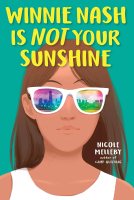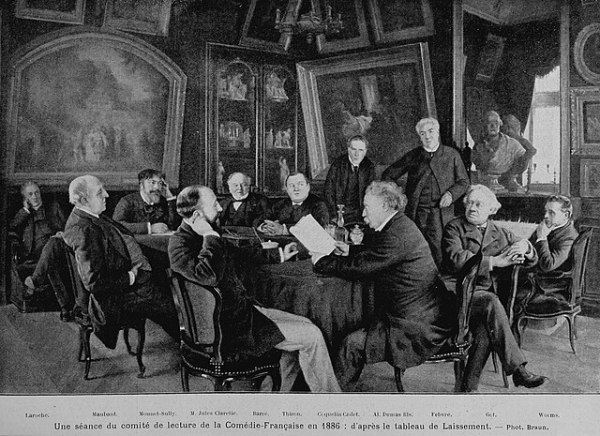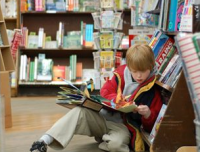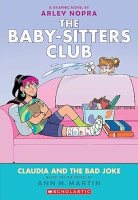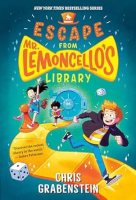Looking for a great coming-of-age book? Winnie Nash Is Not Your Sunshine has a little bit of everything. It will be the perfect summer read. I love getting a chance to interview the author and learn more about how the book came to be.
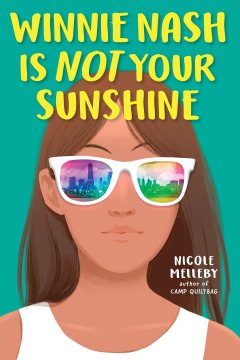
About the Book
Hi Nicole! I really enjoyed Winnie Nash Is Not Your Sunshine. It reminded me a lot of Judy Blume’s Are You There, God, It’s Me Margaret in that your character was relatable and a great example of a young teen trying to make sense of the world and her place in it.
Can you give us a short summary about the book?
Winnie Nash is a twelve-year-old kid who is staying with her grandmother, who lives in a senior citizen community center in Seabright on the Jersey Shore for the summer. Her mom is pregnant again after a string of miscarriages and is coming off of a really deep depression, so while she and Winnie’s dad take some time to “regroup”, they send Winnie to have a summer at the shore with her grandmother.
The problem is, Winnie’s parents don’t want her telling her grandmother about how bad her mom’s depression was, and they don’t want Winnie telling her grandmother about how Winnie already knows she’s gay, too. It’s a lot of weight to put on Winnie’s shoulders, particularly since all she wants is to find a community in which she can be herself with—which is why her dream is to go to NYC Pride.
Throughout the book, Winnie learns how to carve out space for herself and find the people in her life who are there to hold her when she needs to feel held.
About the Author
How did your childhood help to shape Winnie Nash Is Not Your Sunshine?
I grew up here in New Jersey and spent almost the entirety of my childhood on the Seabright beaches, where I set Winnie’s grandmother’s home. Like Winnie, my cousins and I used to walk along the seawall, gazing out at the water and the New York City skyline across the bay, dreaming of our future. Also like Winnie, I used to wonder what it would be like to be able to be out and confident and able to go to NYC Pride and celebrate with a community I wanted so badly to feel like I belonged to.
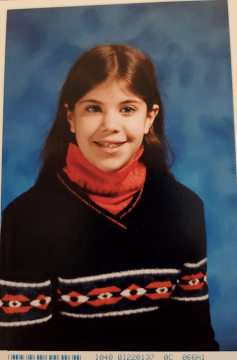
When did you begin writing? And what did you do before that?
I began writing when I was eight years old and saw the Harriet the Spy movie adaptation, and wanted to carry around a notebook like she did and write about everything. I started coming up with stories in those notebooks, and haven’t stopped writing since! I got my undergrad college degree in TV/Fillm (I wanted to write for soap operas!) and I worked for a little while as a personal trainer, but I always came back to writing, which is what my focus is on now.
What authors and/or books would you say influenced your writing style and/or this book?
I’m always inspired by Kate DiCamillo’s stories—she’s the first writer who I felt like gave me permission to let my middle grade characters be sad. Kids can be sad, and I think Winnie is a very sad, confused, and angry kid. I also was an MFA student of Eliot Schrefer, and I learned from him a lot then, and I still learn from him a lot now, as his friend.
What is something from your childhood that you snuck into the book? (Were you similar to Winnie?)
It’s funny, because when writing Winnie, I didn’t particularly think she was much like me, or that I wrote from a personal place with her—not anywhere close to what I had done when I wrote my second book, In the Role of Brie Hutchens, at least. Brie was a character that was wholly like myself and who I was as an 8th grader, so much so that I always say that Brie Hutchens is my most personal book. But a colleague of mine at Fairleigh Dickinson, where I teach (Minna Zallman Proctor, who is a wonderful translator and writer of creative nonfiction) read an earlier draft of Winnie and mentioned how much she sees *me* in this book, and I’ve since reflected on it a bit more. I think it’s there in a lot less obvious pieces than with Brie, but I think that I connect with Winnie’s yearning, and sadness, and anger, a lot more than I let myself realize when I sat down to write her.
Research/Writing
You tackled a lot of important topics (mental illness, embracing one’s sexuality, dealing with miscarriages, and family secrets). Was there one of these topics that you started with? Can you tell us how the story then came together?
Mental health and embracing one’s sexuality are two things I always aim to write about in my books, so I didn’t start with these topics but I always knew that they’d be included. And for this book in particular, I knew that I wanted Winnie to be well aware of her own sexuality and confident about it—she’s not confused about liking girls. But what I actually started with was the idea that Winnie’s mom had struggled with these miscarriages she had.
One in four pregnancies end in miscarriages, so I know that Winnie as an “almost-sibling” isn’t alone. It’s not my story to tell, but before my younger brother was born, my mom had miscarriages—I was younger than Winnie and it didn’t affect my own life like it does Winnie’s, and now being an adult who has friends who have experienced their own losses, it’s something that I thought deserved space on the page in a middle grade book. It’s sad, and it’s hard, but like I said earlier (thanks to what I’ve learned by reading Kate DiCamillo) kids can be sad, they can go through hard things, and they deserve to have stories written about them, too.
Which topic was the most difficult to write about?
The miscarriages, and how it affected Winnie’s parents. I think it was a difficult balance to get right; Winnie’s mom and her dad are human, they’re people, they’re struggling. And they make mistakes. They try and protect and shield Winnie, but only end up hurting her more. They are in the middle of their own grief and fear and trying to find their way to the other side of it. They suck at it; they’re doing their best. They make a lot of bad choices, but it’s the only choices they know how to make. Hopefully they learn. Hopefully they grow. Hopefully Winnie finds strength in the relationships she has with her grandmother and the people around her so that she’ll be okay.
A lot of my readers have been coming down hard on Winnie’s parents, and I get it, I do. I’m mad at them, too. But I think that life is hard and complicated for everyone involved, and writing that, figuring it out and getting this family to a place where they could maybe, hopefully, someday be okay, was the one thing I wanted to do right.
I read on your website [nicolemelleby.com] that you have a lot of Easter eggs connecting your books! I love that idea. Any hints?
Here is my favorite easter egg: Every single one of my books has the characters ordering or eating pizza from Timoney’s Pizzeria—which some readers may recognize from my book How to Become a Planet (every single one, including the books that came before How to Become a Planet did!) But since all of my books take place in the same area of New Jersey, if you read carefully enough, you might just find even more overlap!
For Teachers
Are you doing school visits related to this book?
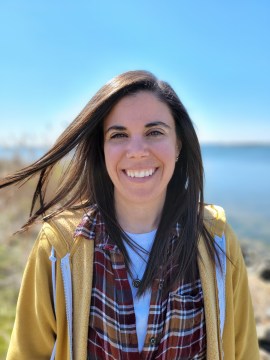
I love doing school visits and am happy to and available to do visits with middle school students! I usually do visits with 5th-8th grade classrooms, where I talk about what it’s like to be a writer, how I became a writer, and what it’s like to write about mental health and identity. If you want to find out more about my school visits, you can head to hownowbooking.com!
How can we learn more about you?
You can find out more about me at www.nicolemelleby.com, or say hey to me on social media! I’m currently most active on Instagram, @nicolemelleby.
Thanks for your time, Nicole.
Be sure to check out Winnie Nash Is Not Your Sunshine!
